Kien Giang In addition to high airfares, the number of visitors to Phu Quoc has recently decreased due to the unsustainable and "quick-fix" tourism business.
During the April 30 holiday, Phu Quoc was one of the few domestic tourist destinations with a decrease in the number of visitors compared to last year. During the 5-day holiday, the "pearl island" welcomed more than 112,000 visitors, down 11.5% over the same period, with total revenue of about 132.5 billion VND, down 24%. The room occupancy rate was nearly 60%. Of which, visitors to Phu Quoc by air decreased by nearly 30%. In 2022, since tourism opened, Phu Quoc, which is considered a beautiful resort island, welcomed 4.7 million visitors, with the room occupancy rate always at 80%-90%, even in the low season.
Mr. Huynh Quang Hung, Chairman of Phu Quoc City People's Committee, said that "the main reason for the decline in visitors is the high price of air tickets . "Many tourists who booked tours to Phu Quoc had to cancel because of the price of air tickets," Mr. Hung said.
In late March and early April, round-trip airfare from Hanoi to Phu Quoc ranged from 7 to 10 million VND, and from Ho Chi Minh City around 3.5 million VND, up nearly 20% from last year. Compared to beach destinations such as Da Nang, Nha Trang, and Quy Nhon, visitors to Phu Quoc do not have many options for transportation other than air travel.
Mr. Tran Huu Hiep, Vice President of the Mekong Delta Tourism Association, also said that the sharp increase in airfares contributed to the decline in tourism to Phu Quoc. However, the locality should consider this as an indicator to review issues such as prices, security, order, and services.
The Chairman of Phu Quoc City People's Committee admitted that in the past, the locality only focused on developing luxury accommodation infrastructure such as 4-5 star hotels and resorts. Currently, there are about 14,000 hotel rooms in the mid-range to high-end segment, accounting for nearly 50% of the total number of rooms in the city, according to statistics from Savills Hotels. Meanwhile, there are not many new options for tourists with low incomes, leading to less attraction for this segment. Many resorts with 3 stars or less were built 10 to 15 years ago.
The Vice President of the Mekong Delta Tourism Association is concerned that "Phu Quoc is like some other places, after the rapid growth in tourism, there have been signs of lack of care. Over-reliance on holidays, Tet, and summer leads to a situation of snatching and taking advantage of the situation."
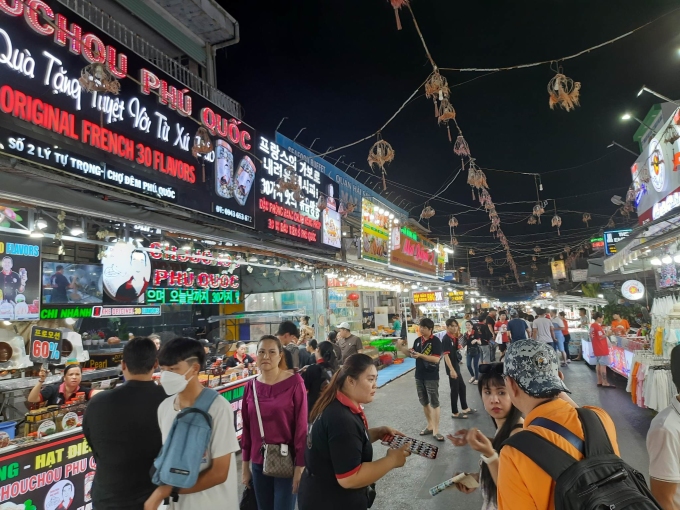
Duong Dong market is deserted on April 30. Photo: Ngoc Tai
On the occasion of April 30, Kieu, a tourist from Quang Nam, traveled to Phu Quoc with her father. She was shown the best seafood restaurant in Phu Quoc, but she was still surprised by the price. In Quang Nam, clams cost only 50,000 - 60,000 VND per kg, but in Phu Quoc, they cost 300,000 VND/kg. Crabs cost 800,000 VND/kg, while the same size in her hometown costs 400,000 - 450,000 VND.
According to a survey by VnExpress on the afternoon of May 11, at some markets in Duong Dong town, sea shrimp (iced) cost from 120,000-260,000 VND/kg, crab 180,000 VND/kg (medium size), clams 40,000 VND/kg, clams 50,000 VND/kg, blood cockles 120,000-190,000 VND/kg. At restaurants, during the April 30 holiday, crabs cost from 700,000-850,000 VND/kg, shrimp 900,000-1,200,000 VND/kg, mantis shrimp over one million VND/kg.
Ms. Tuyet, a restaurant owner in Phu Quoc, said that most of the food and beverage establishments on the island depend heavily on taxi drivers and compete with each other by increasing the commission percentage for drivers. "The average rate is about 20%, the highest is 25-30%, which is a really big number. High commissions force establishments to raise their prices and the ones who suffer are the customers," Ms. Tuyet said.
A restaurant owner also shared that taxi drivers had "ruled" them. Because they refused to accept the 20% cut, drivers would not take customers to their restaurants. "They also smeared us and directed customers to places that paid higher discounts," the owner said, adding that the smear included badmouthing the quality of the food and causing food poisoning.
Tuan, who has worked in the restaurant industry in Phu Quoc for six years, said that sharing commissions with drivers has been around for a long time, but initially it was around 5-10%. After the pier to Ham Ninh fishing village was demolished, restaurant owners relied on drivers much more than tourists who could not find their way there. Drivers even formed a large social media group to "gang up" on "uncooperative" restaurants.
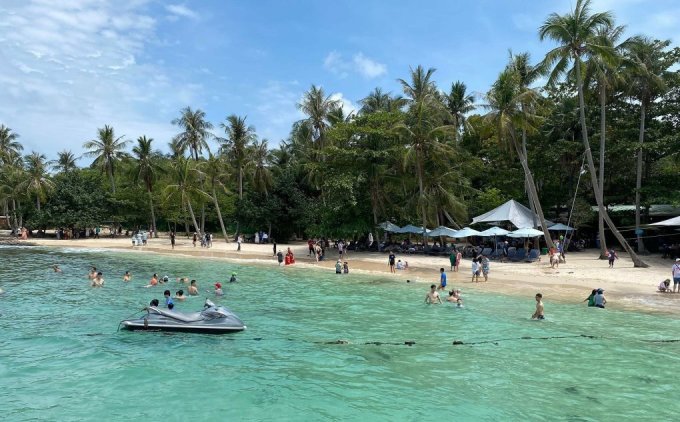
Tour of 4 islands in Phu Quoc on April 30th without the crowding. Photo: Truong Phu Quoc
Tuan, a travel blogger, was once fascinated by the beauty of Phu Quoc, which is true to its name, "pearl island", with its deep green primeval forests, clean seas, many corals and rich marine life. Tuan has returned no less than 10 times, but recently he was disappointed and plans not to return.
"I think the high price is just a small reason why many people do not come to the pearl island. This place is gradually losing its unique character ," he said.
Garbage, environmental pollution, poor planning and management are the realities in Phu Quoc that many experts and state management agencies have mentioned. Mr. Phan Dinh Hue, Director of Viet Circle Tourism Company, commented that Phu Quoc is currently "quite concreted" and is starting to resemble many other tourist centers. Meanwhile, what keeps and attracts tourists is the beautiful beaches and pristine nature.
In the period 2011-2017, the Government Inspectorate pointed out that Phu Quoc's lax management led to the proliferation of illegal construction on agricultural land for the purpose of dividing and subdividing plots. In the period 2016-2017, although the law did not allow it, the provincial Department of Natural Resources and Environment agreed to divide more than 17,800 plots on agricultural land, leading to complicated buying and selling situations, causing difficulties in land management.
Late last year, the coastal city government stepped in when the media discovered a series of projects encroaching on the 40,000-hectare Phu Quoc marine reserve. An investor even tried to build a seawall on one of Phu Quoc's most beautiful islands; dozens of bungalows were illegally built on the sea, encroaching on the reserve. It took the government nearly half a year to complete the procedures and enforce the demolition of the first bungalows. Inspectors of Kien Giang province also discovered 774 cases of encroachment on state-managed land, more than 200 spontaneous subdivisions and plots of land for sale, and nearly a thousand violations of forest land in Phu Quoc.
Three years ago, the Government Inspectorate pointed out that Kien Giang did not pay enough attention to environmental protection, especially in Phu Quoc, where the actual amount of wastewater and waste was many times higher than forecast, posing a serious risk of environmental pollution. Phu Quoc currently does not have an effective waste treatment plant due to outdated technology. Nearly 200 tons of the city's waste is still piled up at the temporary landfill - where nearly 200,000 tons of waste already exist.
Mr. Phan Dinh Hue believes that Phu Quoc needs to maintain its identity as a natural, sea tourism area, suitable for vacationers. Hoi An (Quang Nam) is an example of success thanks to maintaining its original position as an ancient town, strong in heritage factors. Da Nang also develops sea tourism and conferences but does not impact too much on nature.
"There was a period when Phu Quoc developed so rapidly that management work seemed unable to keep up. Phu Quoc still has time and should focus on developing tourism sustainably, in association with nature and local culture," he said.
Ngoc Tai - Tu Nguyen
Source link












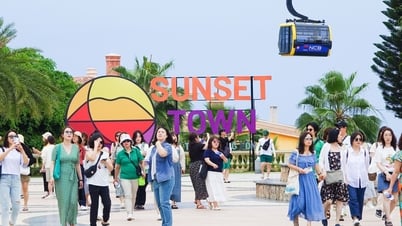

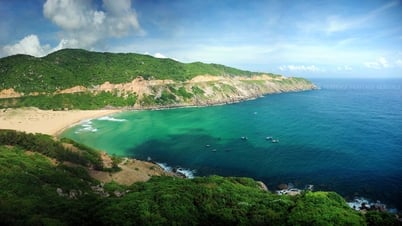
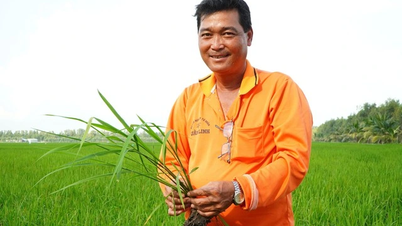




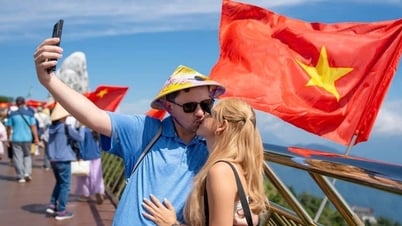



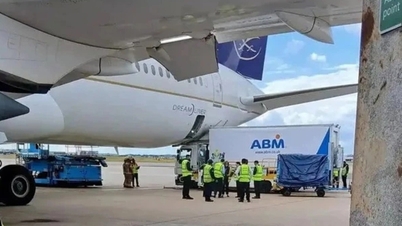
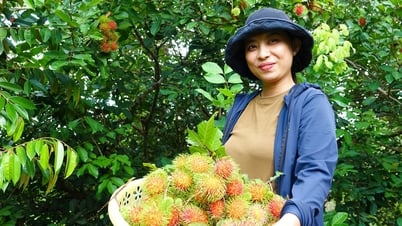















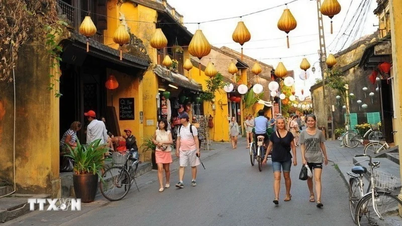

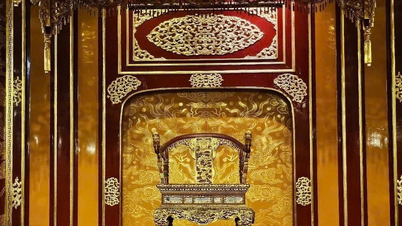
























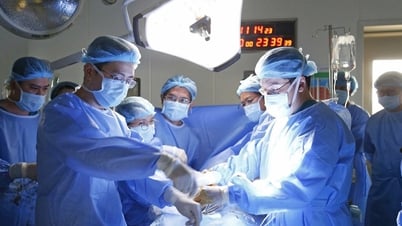
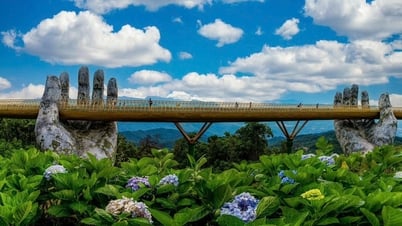
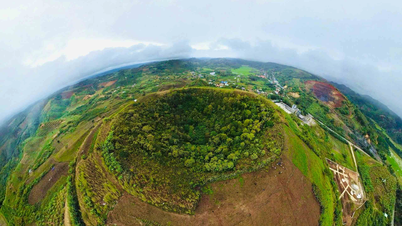
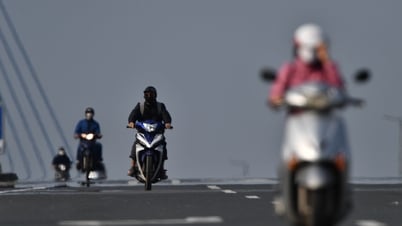
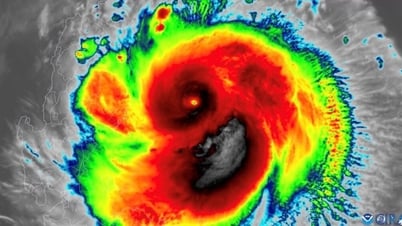
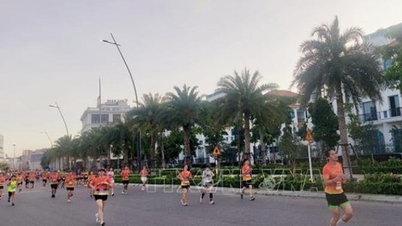

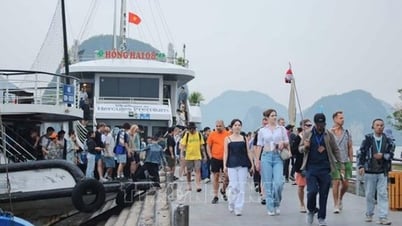
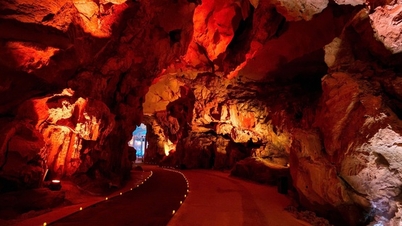
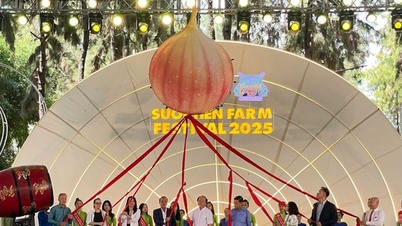

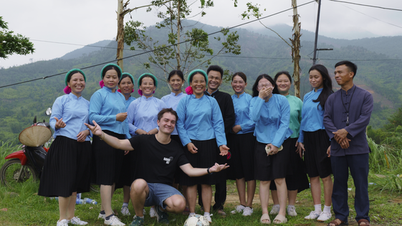


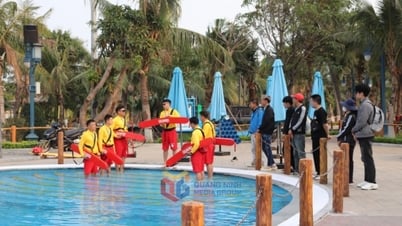
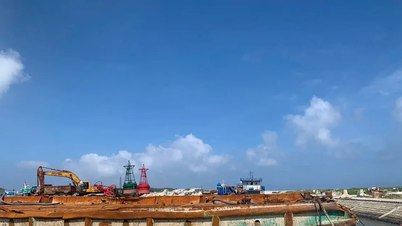

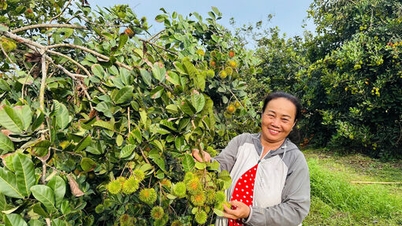



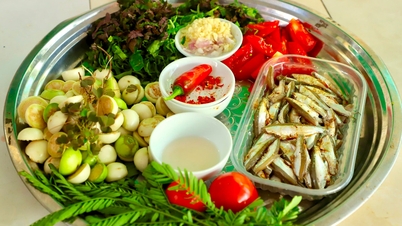














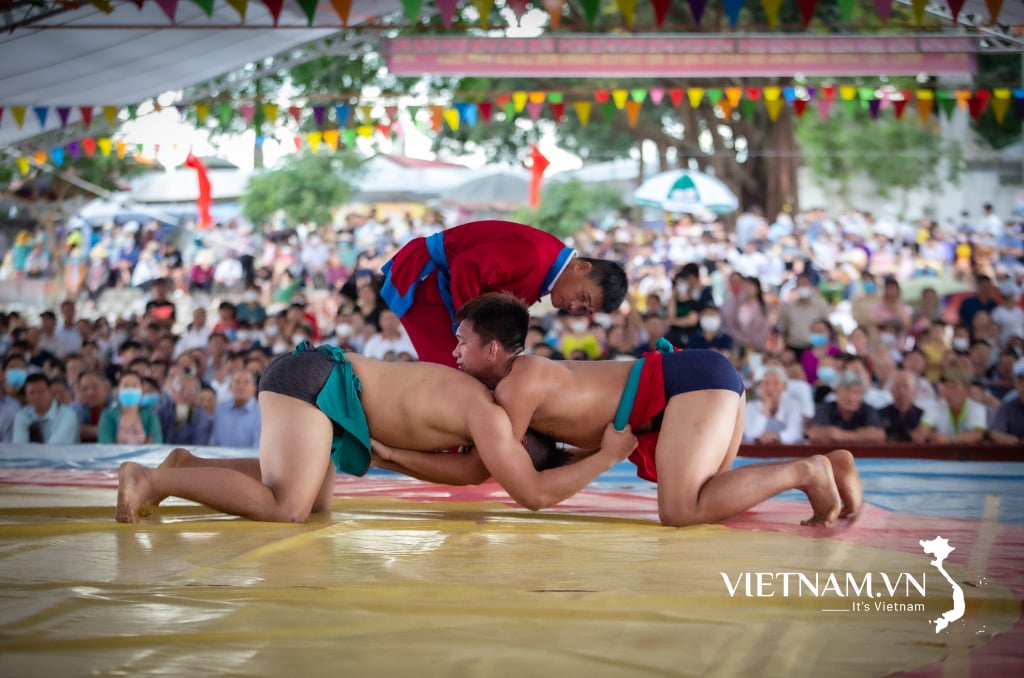
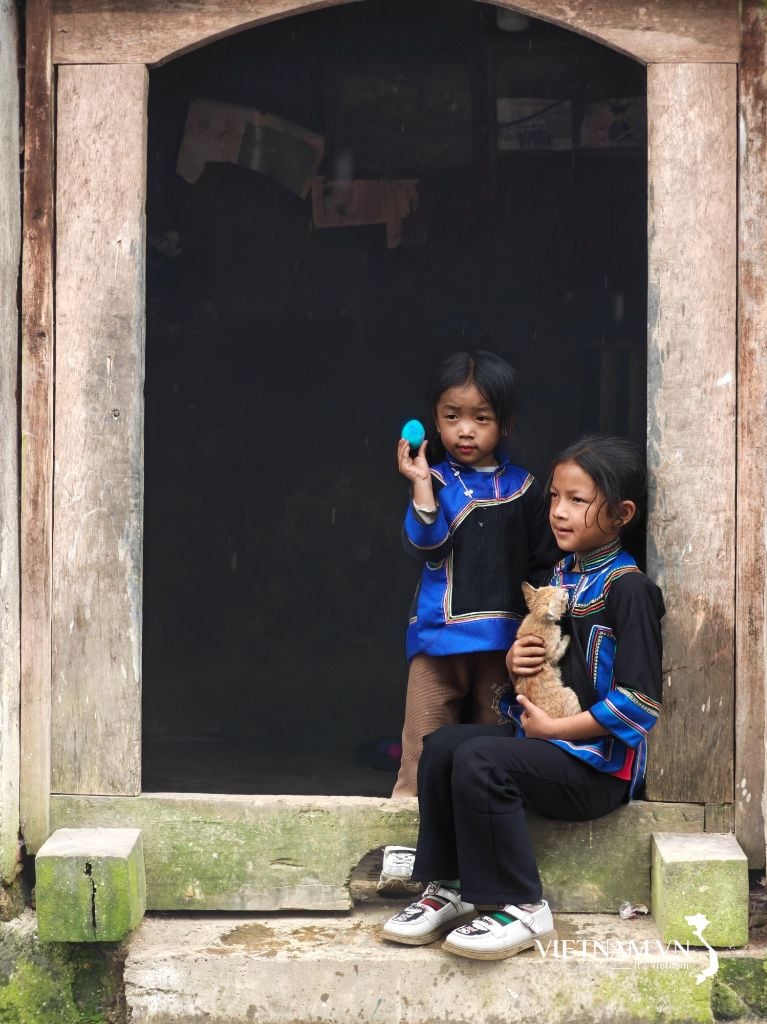

Comment (0)